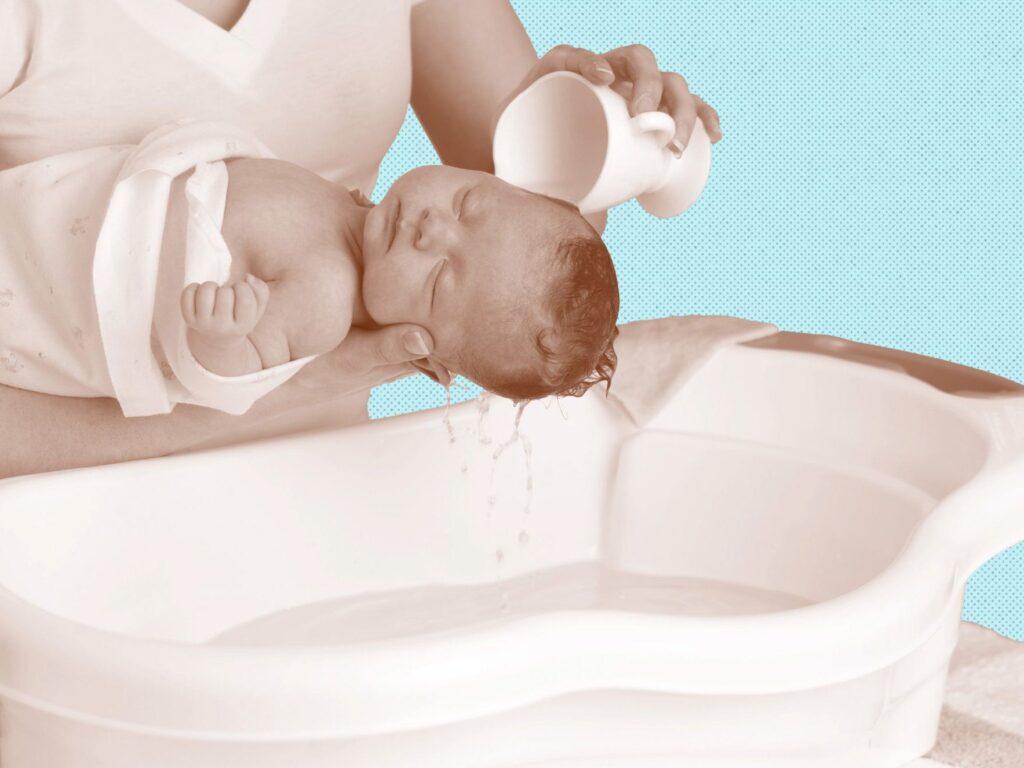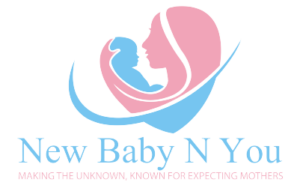New parents are a bit nervous about doing many firsts for their newborns. First-timers giving breastfeeding and doing diaper changes need to know the best ways. Parents become more anxious at the time of newborn bathing. Handling a slippery, wriggly baby makes them anxious. There are various questions in the minds of parents and caretakers regarding bathing an infant.
Most queries are about when you bathe them for the first time, how often you clean them, and where you shower them. It is necessary to clear up all your doubts about your newborn. Many times, parents seek suggestions for their recent activities, such as infant hiccups, feeding fasts, and many more. There is a need to ask experts so that they can tell you how to get rid of newborn hiccups. We can get more detailed information from New Baby N You. It is the best way to clear our various doubts.
How to Prepare for the First Newborn Bathing?
It is not necessary to give baths to newborns after they are born. A baby’s first bath is delayed as long as possible, as it is suitable for the infant. There are different views on the time of newborn bathing. At least 24 hours after birth, the World Health Organization (WHO) recommends delaying your baby’s first bath. Some places have their own culture, so there is a need to postpone at least six hours for bathing newborns.
Every expert has their views, so we must follow their tips. Even though newborns don’t come out clean, that creamy, white coating, known as the vernix, keeps their skin moist and gives them amazing benefits. According to the Academy of Pediatrics, the vernix is crucial for infants because their skin is sensitive to injuries.
Sponge Baths
There is a need to give a sponge bath to newborns till their umbilical cord falls off. It reduces the chances of infection in infants. Many experts favor a sponge bath until the umbilical cord stump dries and falls off. Until the cord stump falls off, wipe down the face, hands, and genitals regularly. There is a need to give sponge baths once or twice a week.
Newborn Bathing 1 to 3 Times a Week
There is no need for a regular bath for babies. It is imperative to keep newborns bathed one to three times a week. Regular baths make the skin dry, and there are chances of irritating the skin. They need to select their “sweet spot” for their newborns. This time, the baby is relaxed and not hungry. It also depends on the baby’s timing and the parents’ preference. Parents can also burp their babies after breastfeeding so that they feel relaxed and ready for a bath.
Many parents give preference to early evening baths because they feed the baby. We can also use warm water baths for newborns because they have a quality calming and relaxing effect. A baby also sleeps well at night after a bath with warm water.
Use Simple Products for Newborn Bathing
Parents must use natural products. There is a need to select products with plant-based ingredients. Parents avoid harsh chemical products because they start to irritate the skin of infants. Products include parabens, phthalates, dyes, sulfates, as well as added perfumes and fragrances that are needed to avoid. It is crucial to use the best products for newborn bathing because their skin is sensitive.
Gather All Baby Products
There is a need to prepare everything for your baby’s bath before you begin. It is necessary to use a fully-cushioned and supported baby tub. There is a need to fill the tummy tub with warm water, open all the products that are needed for bathing, and place washcloths and towels near the bathing area. The use of a bath pad, towel, or pillow can help keep your slippery child in one spot. To get the hang of bath time, it’s a good idea to have someone else on hand to assist.
Newborn Bathing in the Baby Tub
It is necessary to fill a baby tub with warm water so it covers the bottom of your baby. It is crucial to avoid putting them in running water. There is no need to use boiling water. It is crucial to check the water temperature before starting the bath. The water temperature is around 100°F. There is a requirement to use a comfortable tub for a bath and place it on a flat surface.
When we give baths to newborns, there is a need to cover them with a warm washcloth. It becomes easy to swap babies with them. The first few times you bathe your baby, they will cry. There is no need to worry and talk to them gently. Keeping your hands on them at all times requires staying calm. It becomes easy with a helping assistant.
Newborn Bathing Starts with the Baby Face
Parents can start the infant bathing by their face, and then go to other parts. There is a need to use a warm washcloth and gently clean their face, around their mouth, and other parts of their body. It is crucial to use warm, clean water for the last rinse cycle.
Wrap a baby in a warm towel after their shower and cuddle them close. The skin of newborns is soft, so there is no need to use lotion after a bath. If there is a need to use lotion, consult with experts for the best product for baby skin.
Wrap Up
When parents face any problem, there is a need to consult with experts. We can also learn new techniques for newborn bathing and how to get rid of newborn hiccups. It has become easy to get information on various problems from an expert nurse, Elena Thénard, RN. She gives new lessons and explains the latest methods. After getting information, parents feel relaxed.


